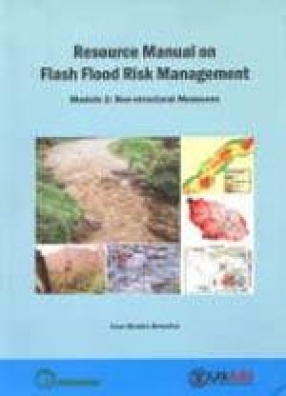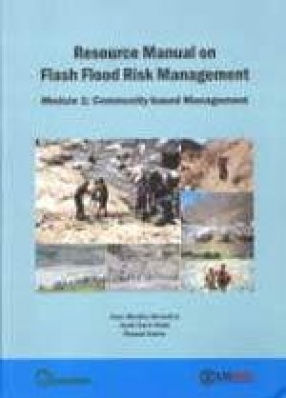The Hindu Kush-Himalayan (HKH) region is one of the most dramatic physiographic features on our planet. As the youngest mountain system in the world, it has unstable geological conditions and steep topography, which, combined with frequent extreme weather conditions, makes the region prone to many different natural hazards from landslides, avalanches, and earthquakes, to massive snowfall and flooding. Among these, flash floods are particularly challenging for communities. Flash floods are severe flood events that occur with little or no warning. They can be triggered by intense rainfall (‘cloudbursts’), failure of natural or artificial dams, and outbursts of glacial lakes. The frequent occurrence of flash floods within the Hindu Kush-Himalayan region poses a severe threat to lives, livelihoods, and infrastructure, both within the mountains and downstream. Vulnerable groups – the poor, women, children, and people with disabilities – are often the hardest hit. Flash floods pose a greater risk to human life and livelihoods than do the more regular riverine floods, which build up over days when there is heavy rainfall upstream. Flash floods tend to carry with them much higher amounts of debris and, as a result, cause more damage to hydropower stations, roads, bridges, buildings and other infrastructure.
Resource Manual on Flash Flood Risk Management: Module 1: Community-Based Management
The Hindu Kush-Himalayan ...
$27.90
$31.00






There are no reviews yet.